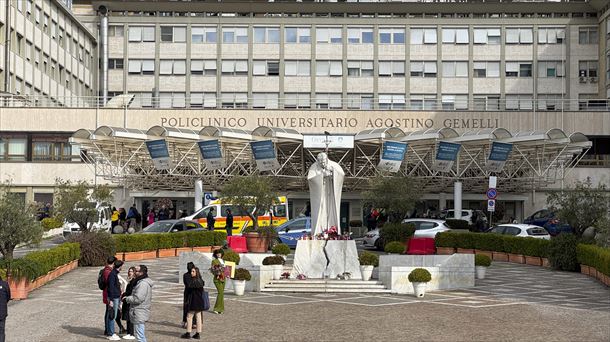The softening of the permafrost and the accompanying stone chips are of great concern to alpine experts. The state geologist does not see the June accidents in Koasa in Tyrol, where a German soldier was killed, and on the Wildspitze as the start of a series.
As reported, a rock avalanche on June 9 buried a German soldier at the foot of the Totenkirchl in the Wilder Kaiser. The man died, four German mountaineers recently had more “luck” when descending the Wildspitze. Three mountaineers were “only” injured by falling rocks below the Mitterkarjoch.
Permafrost is getting softer
“This year there was extremely little snow in the Ötztaler Wildspitze area and snowfall on the sunny side of the accident happened quickly,” said Franz-Josef Fiegl, local manager of the Sölden mountain rescue service. These conditions combined with the softening of the permafrost have increased the area. The result: the stone chips on the four Germans.
“Certain transitions are likely to become very difficult in the future,” says the expert. “The glaciers are retreating downward, releasing chunks of rock that the ice had previously stabilized.” The Mitterkar, for example, used to be an ice channel. Now there is crushed stone there.
Mountain rescue commander stunned
The drama of the Totenkirchl cannot comprehend the Tyrolean mountain rescue leader Hermann Spiegl. “I never thought it possible that such an accident would happen in Kaiser-Fels,” he says. “Rock falling is also normal in the Kaiser Mountains”, Christoph Silberberger, head of the Alpine Police of Kufstein, puts it into perspective. He sees no accumulation of such events. Moreover, they would often go almost unnoticed – such as the large rock fall under the Haidachstellwand in the Rofan a few years ago.
Only apparent accumulation
For state geologist Thomas Figl, it is currently just an apparent accumulation of events. It doesn’t happen more than usual. He cites “material fatigue” as the cause of the stone chips. Occasionally rocks break.
Source: Krone
I am Ida Scott, a journalist and content author with a passion for uncovering the truth. I have been writing professionally for Today Times Live since 2020 and specialize in political news. My career began when I was just 17; I had already developed a knack for research and an eye for detail which made me stand out from my peers.



